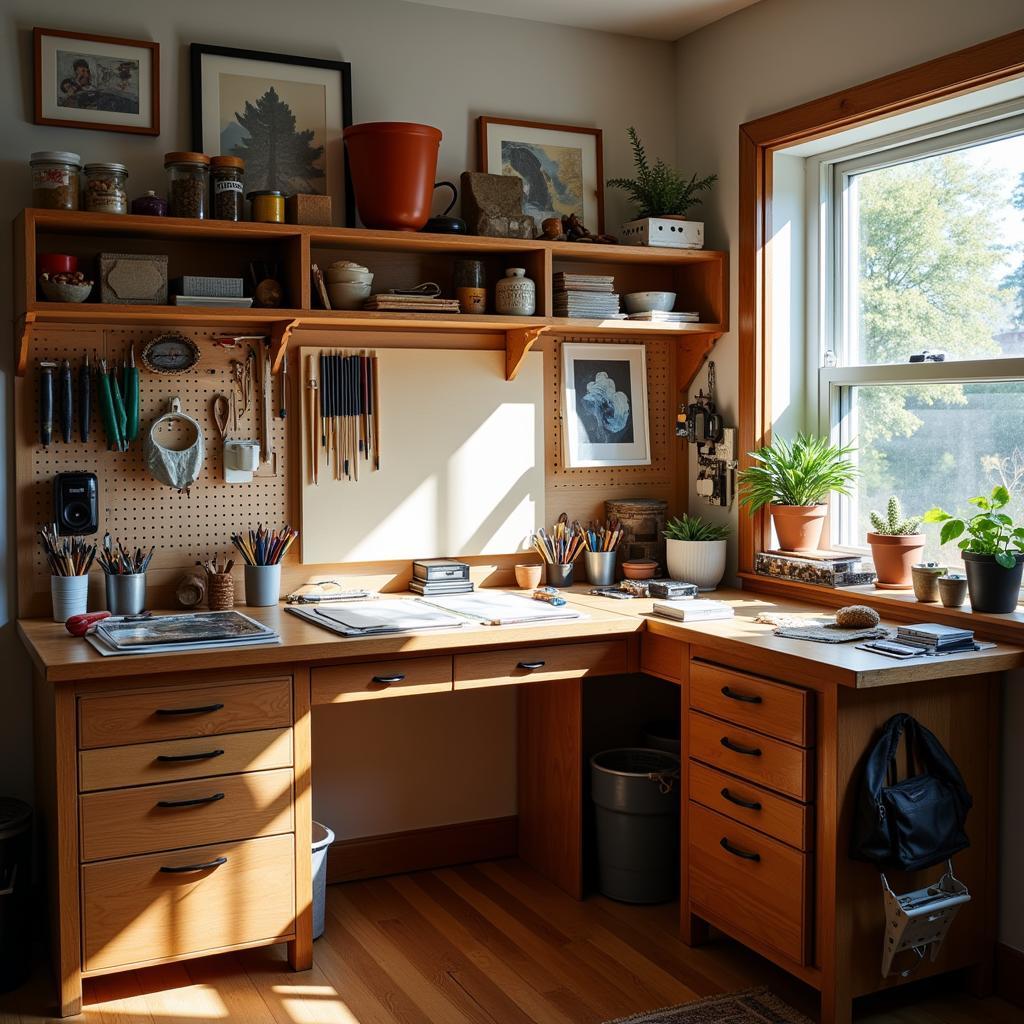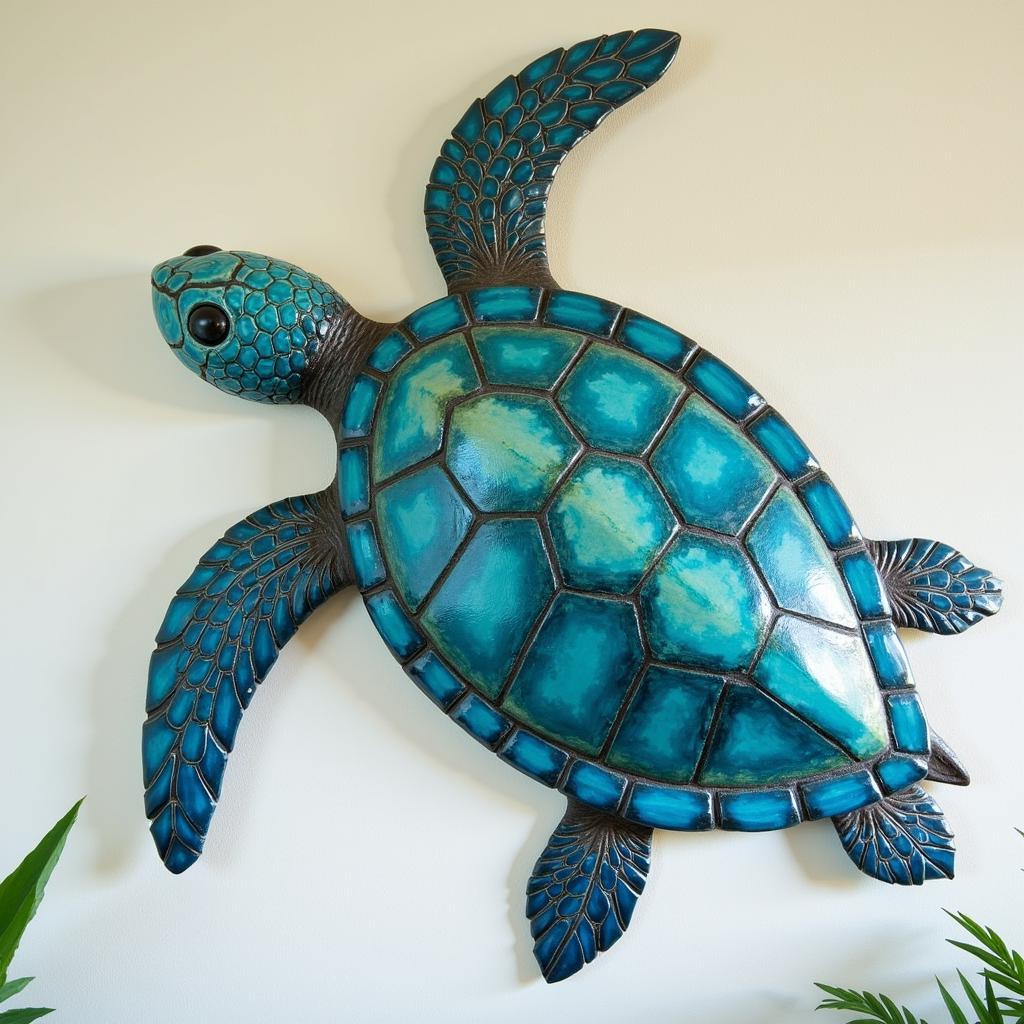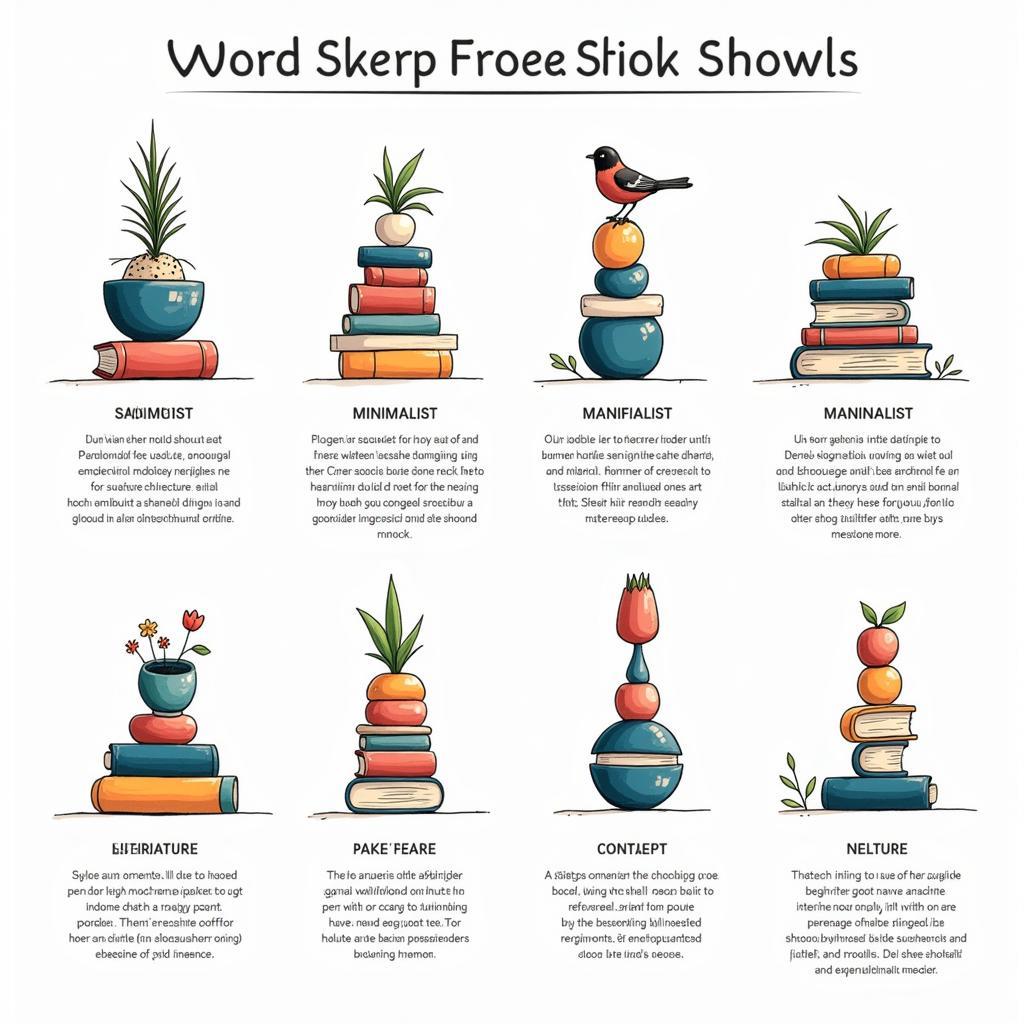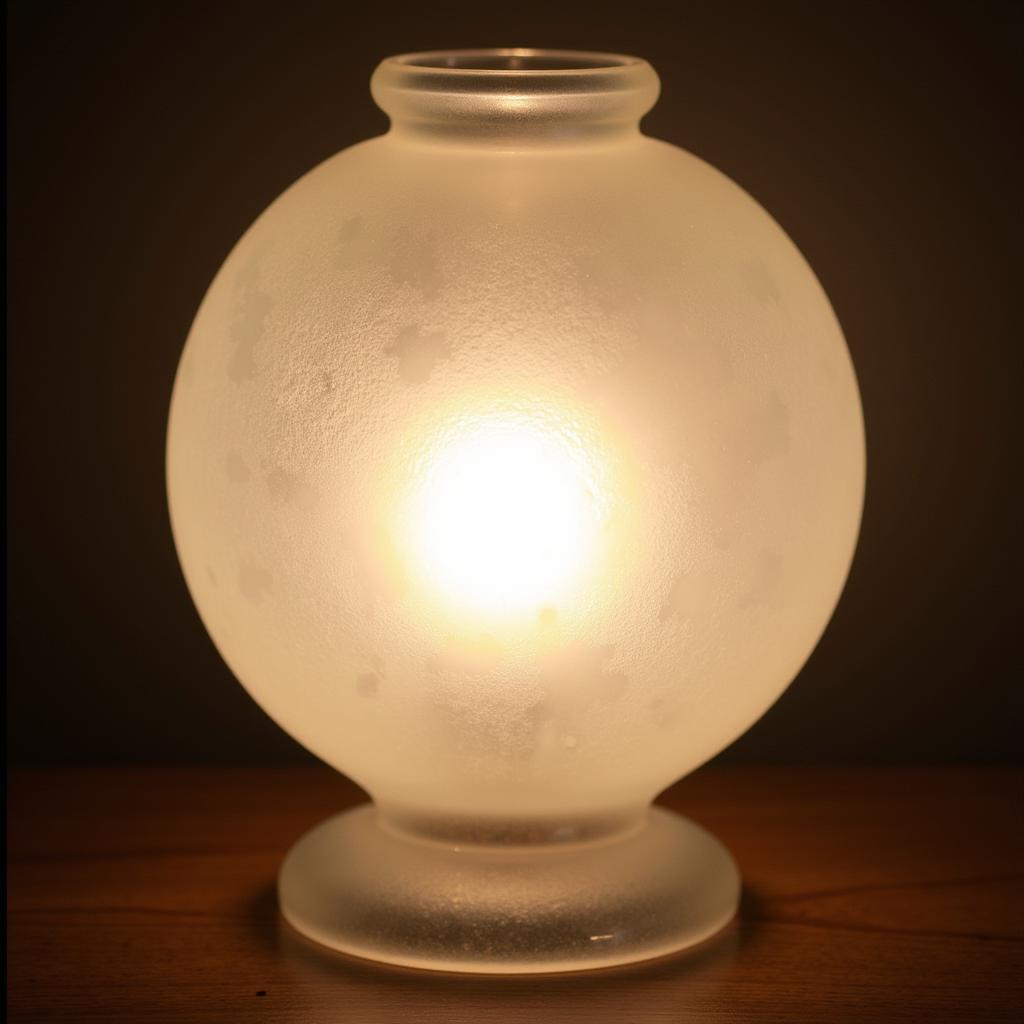Unleash Your Creativity: The Ultimate Guide to Your Art Workbench
An Art Workbench is more than just a table; it’s the heart of your creative space. It’s where inspiration takes form, where raw materials transform into masterpieces, and where your artistic vision comes to life. Whether you’re a seasoned professional or just starting on your creative journey, your art workbench is a crucial element in your artistic process. This guide delves into the essentials of setting up and maximizing the potential of your art workbench, empowering you to unleash your full creative potential.
Building the Perfect Art Workbench: A Step-by-Step Guide
Choosing the right art workbench depends heavily on your specific needs and the type of art you create. A painter might prioritize a large, flat surface, while a sculptor might require a more robust and sturdy workbench. Let’s explore some key considerations:
- Size and Space: Consider the dimensions of your workspace and the scale of your projects. A cramped workbench can stifle creativity, so ensure ample space to move and work comfortably.
- Materials: Wood, metal, and composite materials each offer unique benefits. Wood is classic and easily customizable, while metal provides durability and resistance to spills. Composite materials offer a balance of affordability and practicality.
- Height and Ergonomics: An improperly adjusted workbench can lead to discomfort and even injury. Choose a height that allows you to work comfortably without straining your back or neck.
- Storage: Integrated drawers, shelves, and pegboards can keep your tools and supplies organized and within easy reach. This minimizes clutter and maximizes your workspace efficiency.
 Art Workbench Setup Essentials
Art Workbench Setup Essentials
Essential Tools and Materials for Your Art Workbench
Equipping your art workbench with the right tools and materials is crucial for a smooth and productive workflow. While the specific items will vary depending on your artistic discipline, some essentials apply across various art forms. These include:
- Cutting Tools: Sharp scissors, craft knives, and rotary cutters are essential for precise cutting and shaping of various materials.
- Measuring and Marking Tools: Rulers, measuring tapes, and pencils are indispensable for accurate measurements and markings.
- Adhesives: A selection of glues, tapes, and other adhesives is vital for joining different materials together.
- Brushes and Applicators: Depending on your medium, you’ll need brushes, sponges, or other applicators for applying paints, stains, or other finishes.
- Protective Gear: Safety glasses, gloves, and aprons protect you from potential hazards while working with various materials and tools.
Optimizing Your Art Workbench for Maximum Productivity
A well-organized and efficient art workbench can significantly enhance your creative process. Here are some tips for optimizing your workspace:
- Dedicated Zones: Divide your workbench into dedicated zones for specific tasks, such as cutting, painting, or assembling. This helps maintain order and minimizes distractions.
- Vertical Storage: Utilize wall space and vertical storage solutions to maximize your storage capacity and keep frequently used items within easy reach.
- Lighting: Adequate lighting is essential for clear visibility and accurate work. Consider a combination of natural light and task lighting to illuminate your workspace effectively.
- Regular Maintenance: Keep your workbench clean and organized to prevent clutter and maintain a productive work environment.
What is the Ideal Height for an Art Workbench?
The ideal height for an art workbench depends on your height and the type of work you do. A good rule of thumb is to have the workbench surface at a height that allows you to work comfortably with your elbows bent at a 90-degree angle. This helps prevent back and neck strain.
How Can I Maximize Storage on My Art Workbench?
Maximize storage by using vertical space with shelves, pegboards, and drawers. Utilize containers and organizers to keep small items tidy and easily accessible.
What are Some Common Mistakes to Avoid When Setting Up an Art Workbench?
Common mistakes include choosing the wrong size workbench, neglecting ergonomics, and inadequate lighting. Careful planning and consideration of your specific needs can help you avoid these pitfalls.
Renowned sculptor, Amelia Stone, emphasizes the importance of a well-organized workspace: “A cluttered workbench is a cluttered mind. A clean and organized space allows for a clear and focused creative process.” Fellow artist, David Canvas, adds, “Invest in quality tools and materials. It’s an investment in your art.”
In conclusion, your art workbench is more than just a piece of furniture; it’s the foundation of your artistic endeavors. By carefully planning, organizing, and equipping your art workbench, you can create a space that nurtures your creativity and empowers you to bring your artistic vision to life. A well-designed art workbench is an essential tool for any artist, fostering productivity and inspiring innovation.
FAQ
- What are the essential tools for an art workbench?
- How do I choose the right size workbench?
- What materials are best for an art workbench?
- How can I optimize my workbench for different art forms?
- What are some storage solutions for an art workbench?
- How important is lighting for an art workbench?
- How can I maintain my art workbench?
Situations that Frequently Raise Questions
Artists often wonder about the best ways to organize their workbenches, particularly when working with limited space. They also seek advice on choosing the right tools and materials for specific projects and art forms. Ergonomics and lighting are other common concerns, as artists strive to create a comfortable and productive work environment. Finding effective storage solutions is also a frequent challenge.
Further Exploration
Explore our other articles on wood art work for more inspiration and practical tips. We also offer a range of Online Art workshops to help you develop your skills and explore new creative avenues.
For any assistance, please contact us at Phone Number: 02462573573, Email: danteum@gmail.com or visit our address: Savico Megamall, 7-9 Đ. Nguyễn Văn Linh, Gia Thụy, Long Biên, Hà Nội 10000, Việt Nam. We have a 24/7 customer service team.


